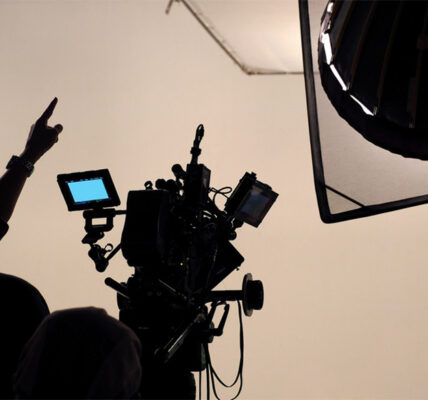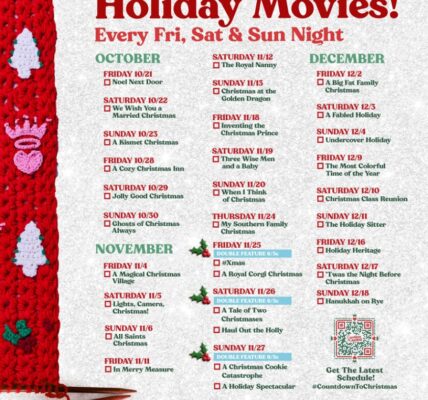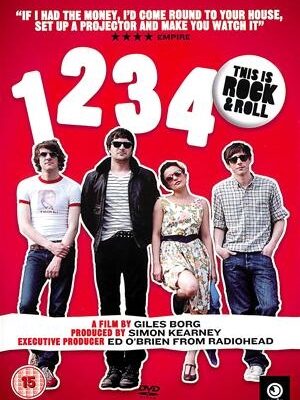Transmedia has become a buzz word for the future of cinematic expression, but what does it actually mean in real terms? Transmedia story architect Lance Weiler, who believes the industry has only scratched the surface of its potential, explains that its creative and financial impact could change modern filmmaking beyond all recognition…
Transmedia is a real buzzword at the moment. What is it, and why should we be excited?
I’m not necessarily a fan [of the term transmedia], because I feel like it’s transitional; by its very definition all media will be fluid, so you won’t need to label it as ‘transmedia’. But what’s exciting to me is that, all of a sudden, I can tell stories across multiple devices, multiple screens and into the real world. People think transmedia is just about seeing what a character is doing when they are not on screen. I’m a writer by trade, and I’ve made films for the last 17 years; from my perspective, it really is about that ability to expand and add a story and game layer to what, effectively, is the real world. I’m very interested in how stories can start to become more pervasive, and how they can place themselves in a more meaningful way within an audience’s life.
I’m looking at it, and saying, ‘OK, there’s all these really amazing new tools and ways to tell stories’, and then, on the other side, you have people who feel like, effectively, they are their own media company; they can push-button publish, they can upload videos, they can have a blog, they can do whatever they want. Whether an audience is listening or not, is a different story. But we’re moving into this realm of where authorship starts to shift. I think it’s a really interesting cultural moment and it’s going to lead to a renaissance in storytelling.
Can you give us an example of transmedia in action?
Recently I did the first transmedia project to unfold at Sundance [Film Festival], called Pandemic 1.0. Pandemic 1.0 is about a global outbreak of a sleep virus that only affects adults. There’s a feature film within that story world, called Hope is Missing. Pandemic is centred around when the outbreak first starts, and [Hope is Missing] comes in 90 days later in one isolated town. Right there you see a timeline manipulation.
I [also] took a game approach. Over five days at Sundance, people online and at the festival worked together to stop the spread of the pandemic. There was [sic] a variety of things hidden throughout Park City, like golden objects and bottles of water, and all of those things had bar codes and could be scanned. We built a Mission Control with data visualisation that showed the story unfold, and if you brought items back [to Mission Control] it would reduce the amount of people that were infected.
We had 20 actors working throughout Park City, whose actions were scripted through Twitter. We even had connected toys; I made a number of bears out of resin [and] in its stomach was a camera and in its eye was a viewfinder, so you could see an analogue slide when you went up to it. When someone leaned forward [to view the slide], I was trying to capture what was, effectively, a feeling of a memory. I have all this footage of people holding the bear and looking at it, and then realising that there is something inside the head and reacting to it.
It was very much about how can I mine the themes of the story, and keep bringing them back into the experience? I was mining themes of materialism, because there were these golden objects, and I was [also] looking at how things actually spread, socially. Can something be spread virally online? This is an example of how a story world can really be a rich extension, and can be told in a variety of ways.
…












